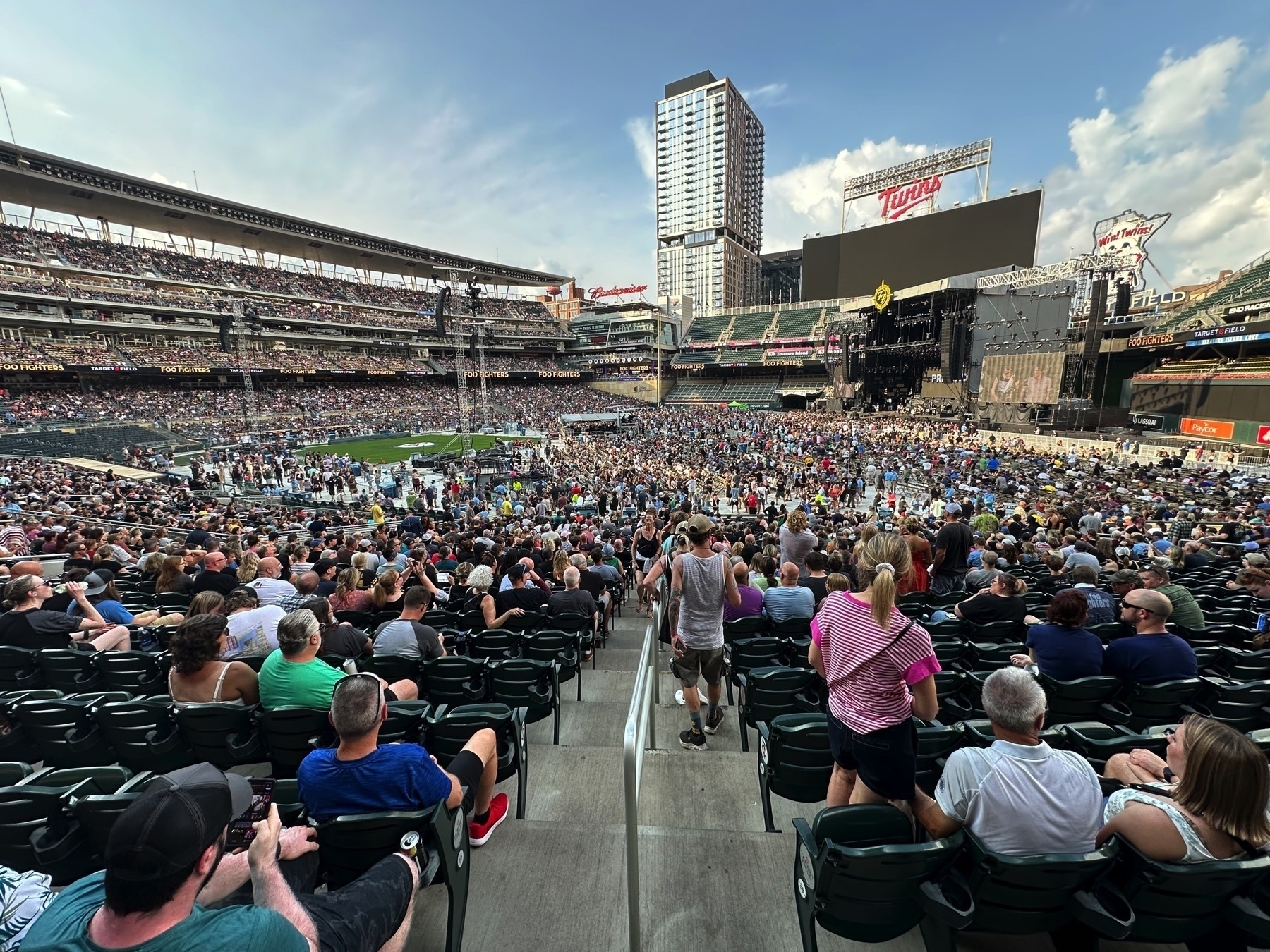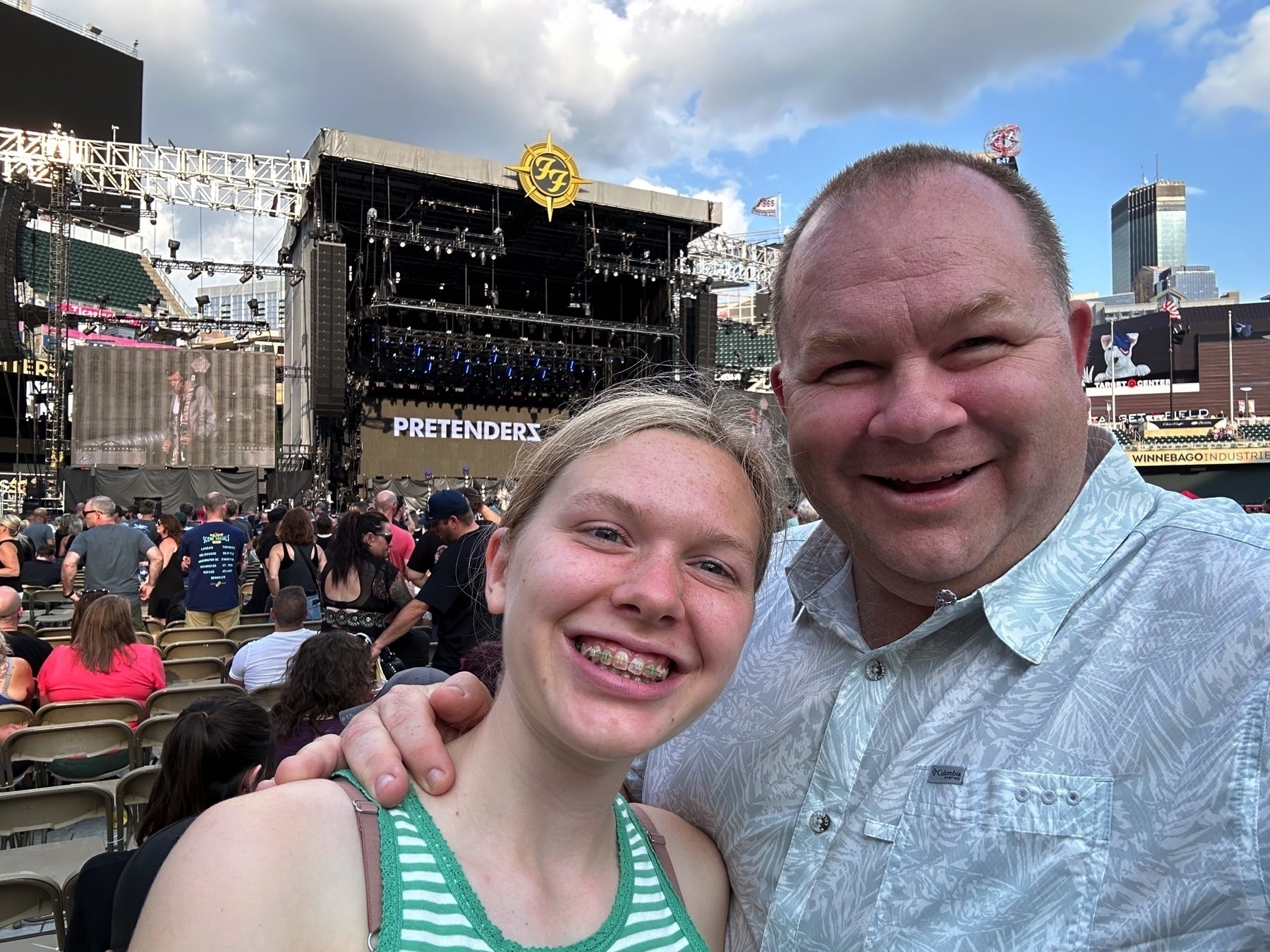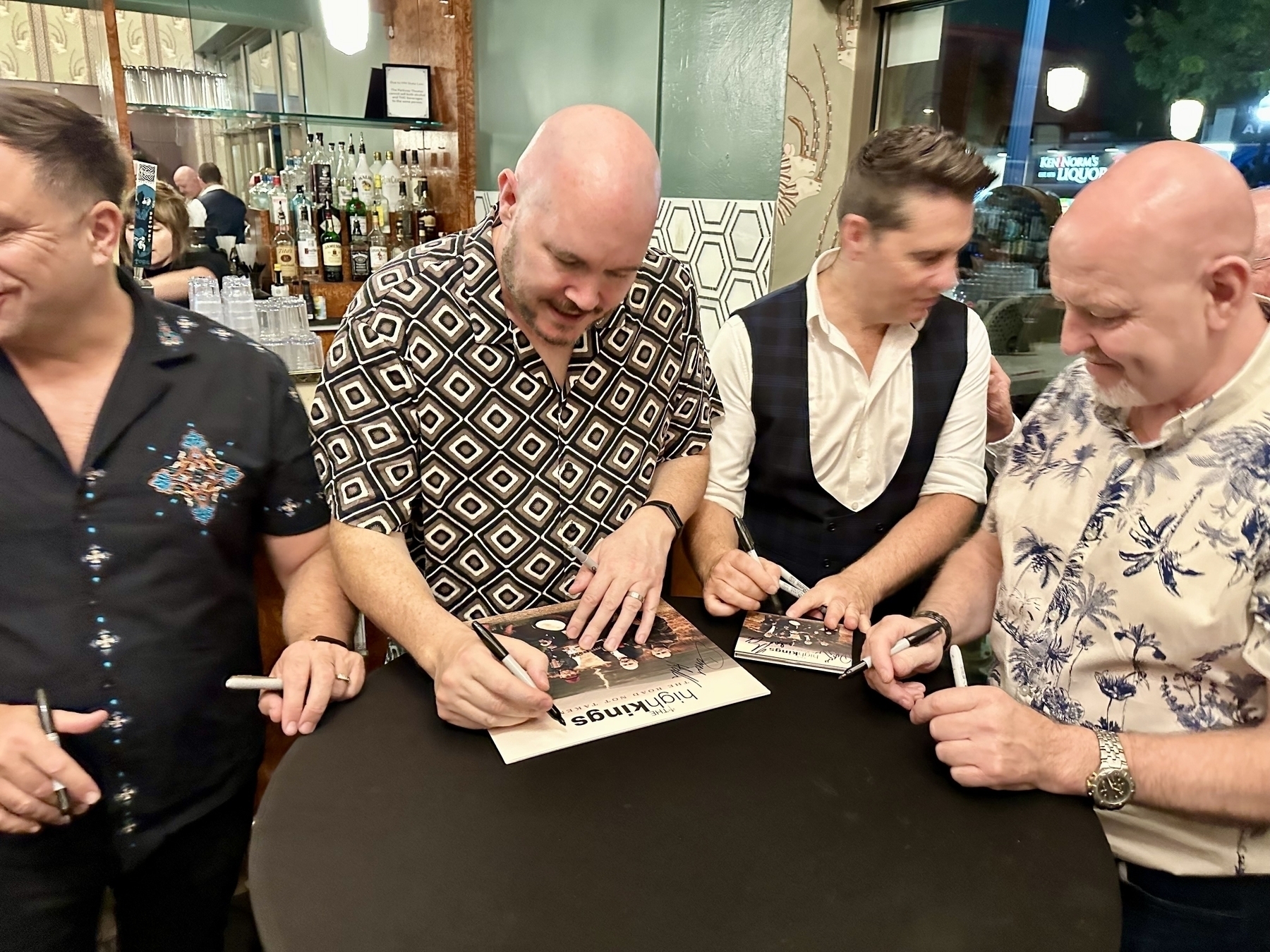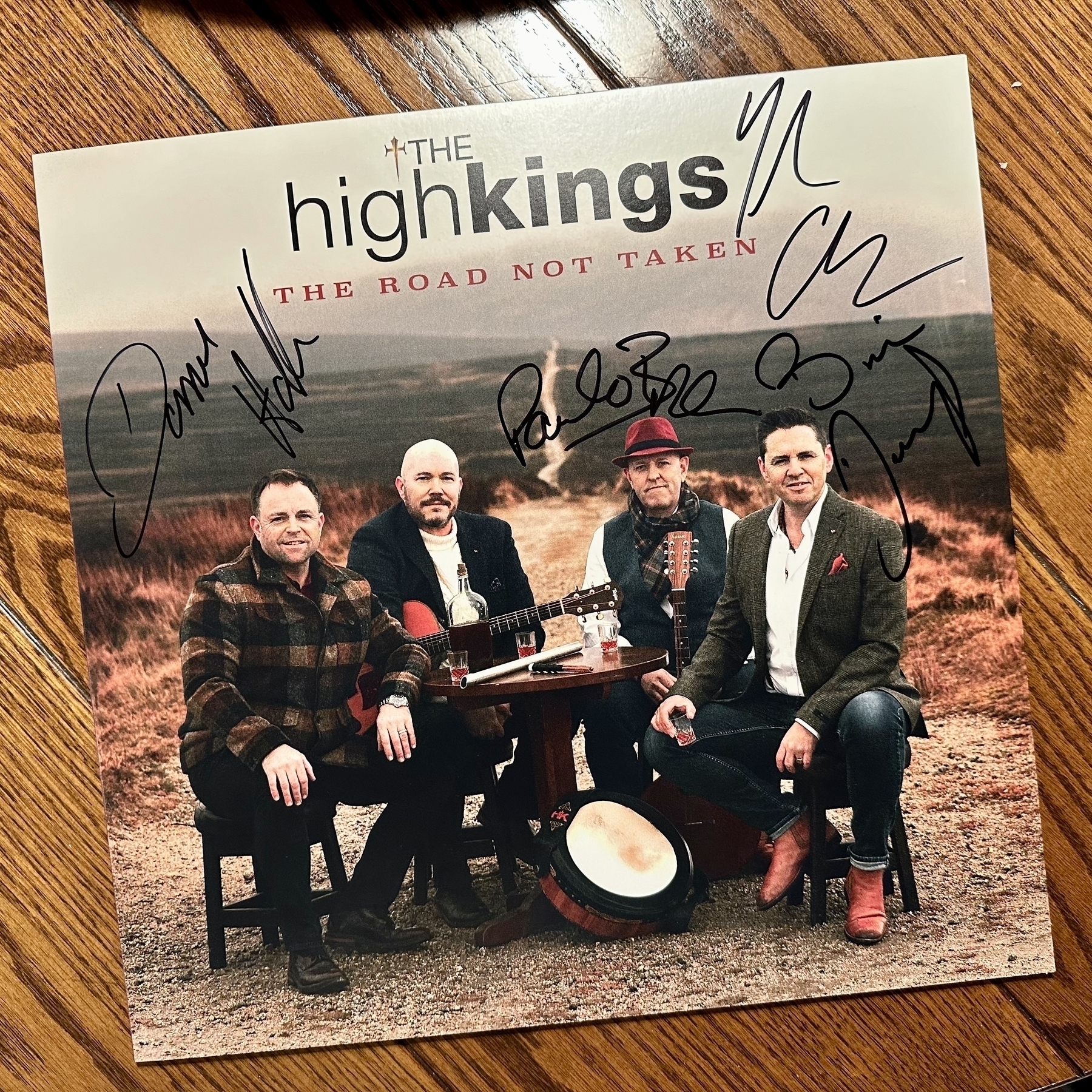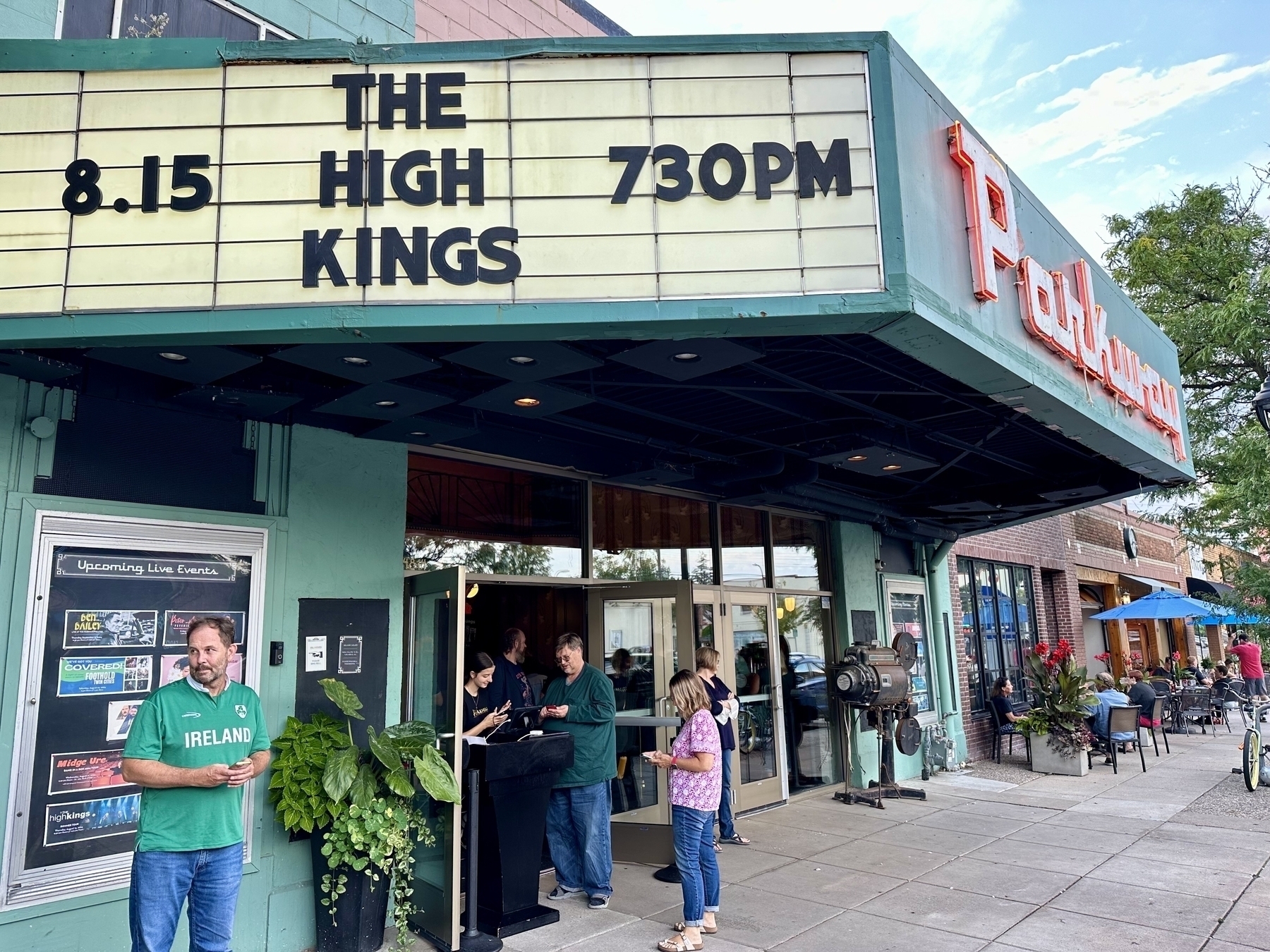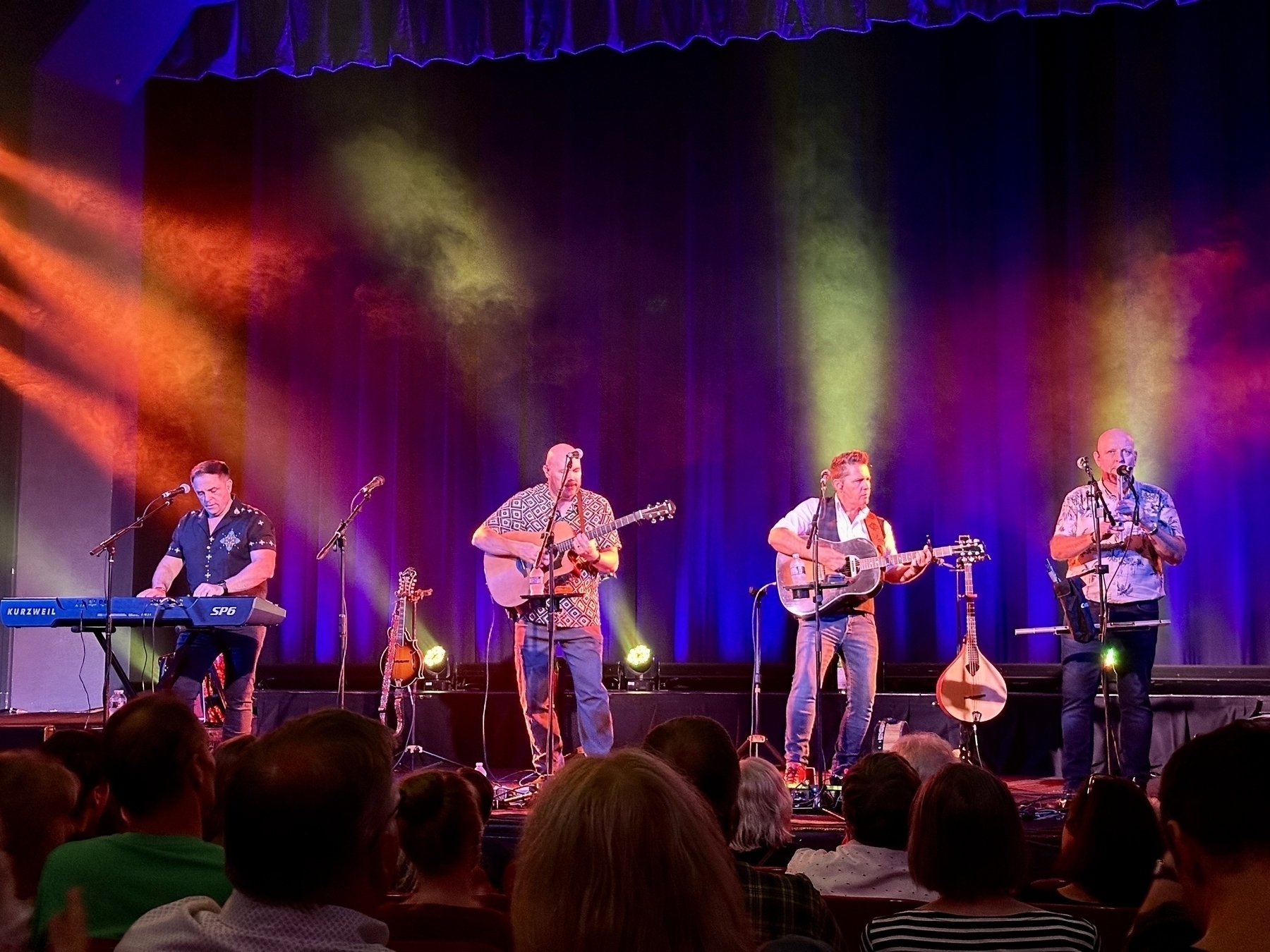The thing that bugs me about Now pages is that they don’t have history. How about a “Now” category and then redirect the /now URL to the most recent version? Or maybe a Now page that is very long with a section for each update? 🤔 In the meantime, my now page is back.
My Mom and Mazie (I chipped in too) decided it was time to reclaim the completely wild garden plot at the cabin. It took a couple of hours but is restored! We even caged volunteer tomatoes on the paths and put down straw for winter. First picture shows the before situation. 👩🌾
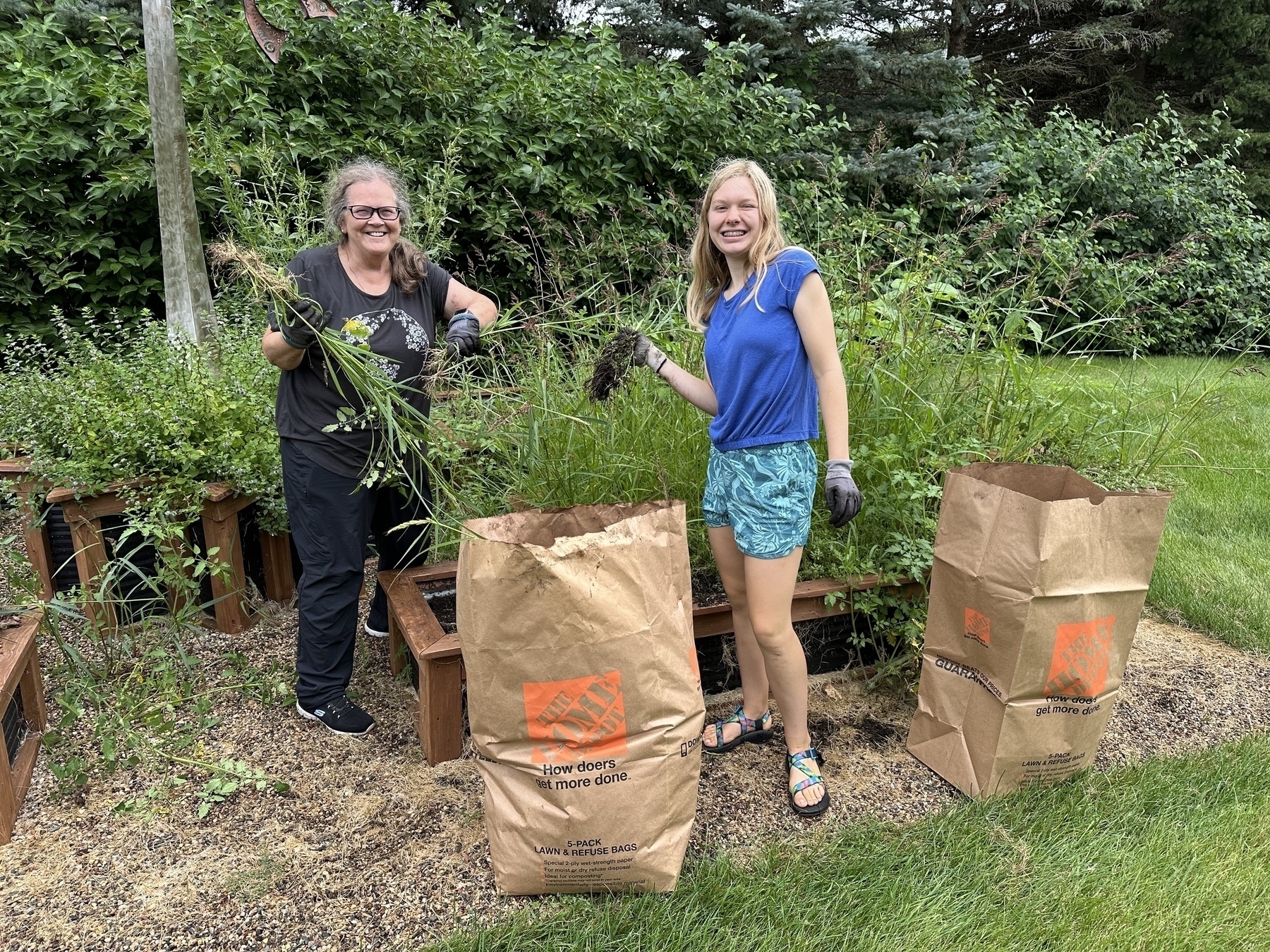
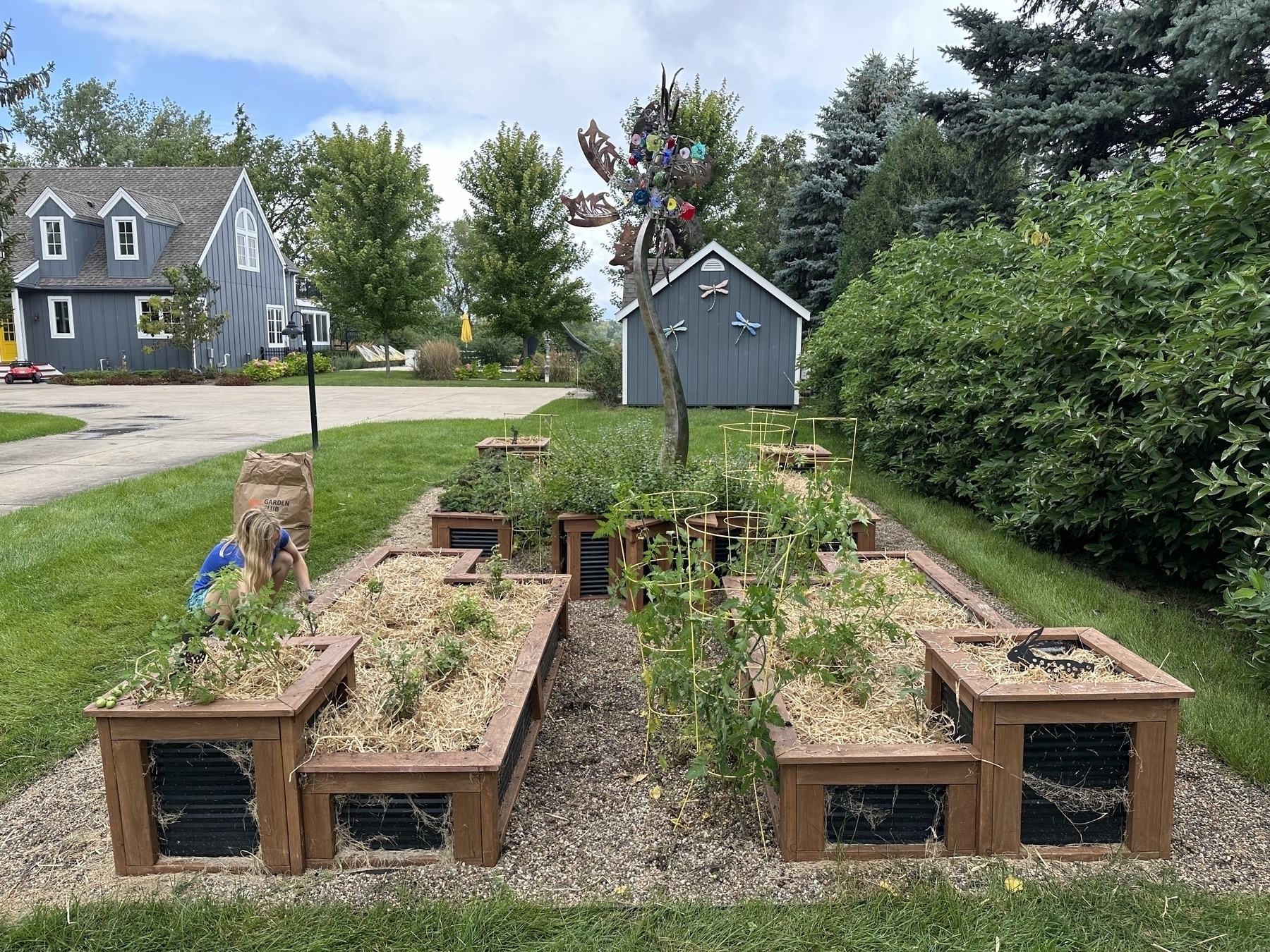
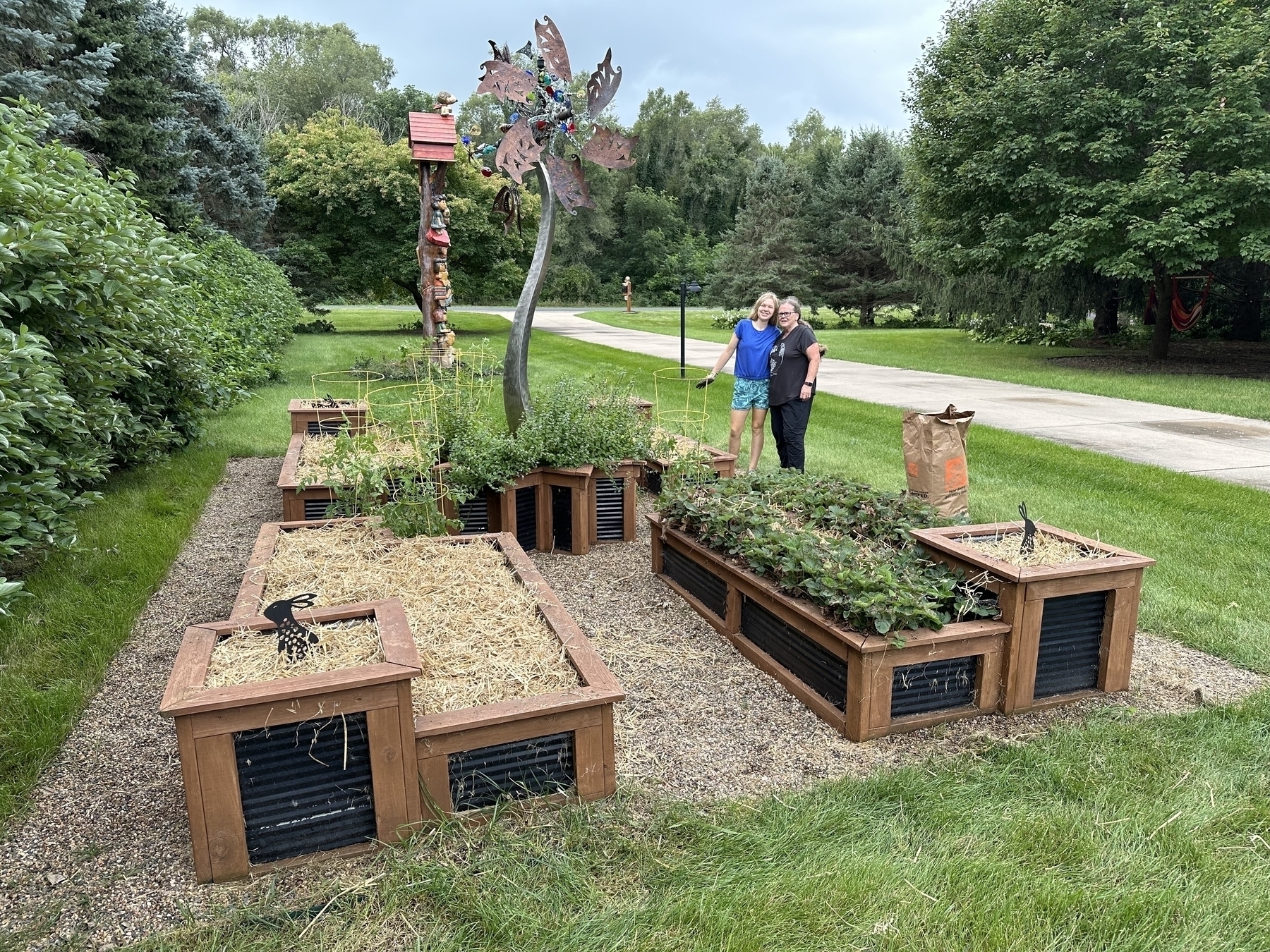
POAP 7180533 at First Computer Build.

Tyler got his gaming PC assembled and running tonight! It was super fun to help him out with this. So many LEDs! 🤩
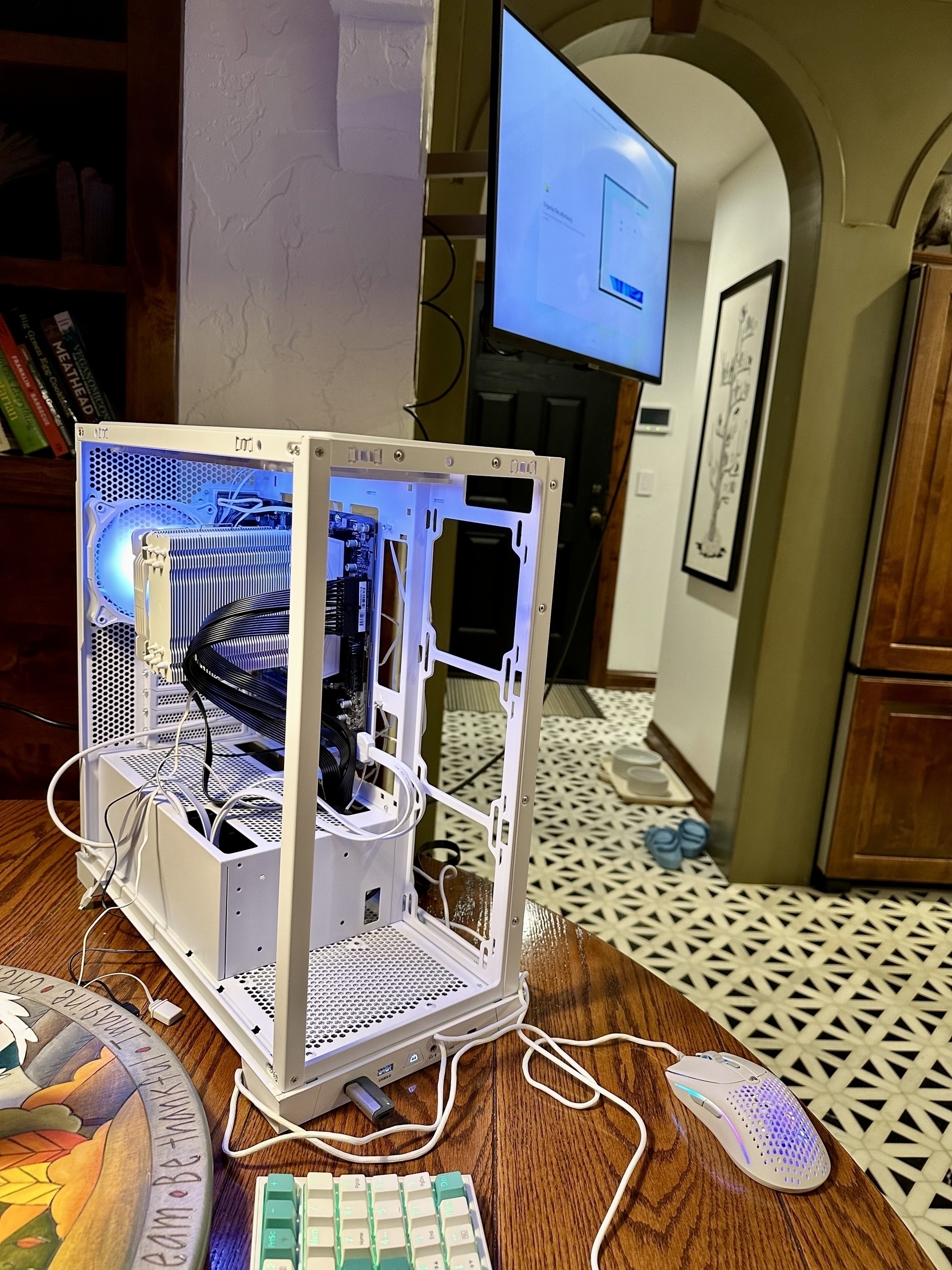
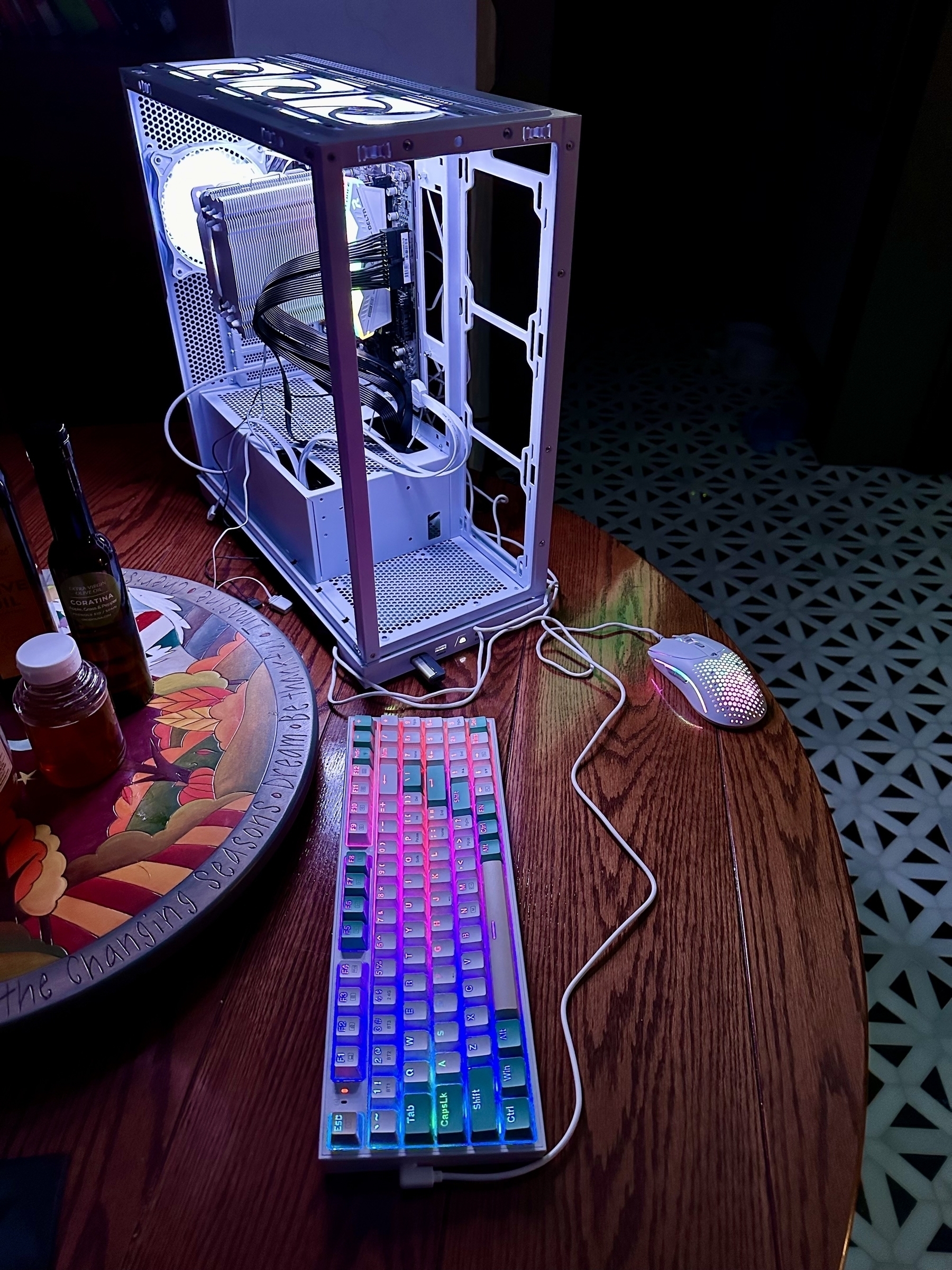
Wet Summer 💦
We’ve had 28.26" of rain in 2024, just 2.97" behind the wettest year on record in Minnesota. However that 1892 record had what must have been an absolutely wild July 27 when 6.36" of rain fell in one day! Before July 27 this year has been setting new records by a good margin
We are 38% above normal precipitation levels. We’ve had 5 days with more than 1" of rain, with May 21st being the wettest at 2.33".
August 11
Current Year-To-Date (2024) : 28.26
Accumulated Daily Normal Precipitation: 20.49
Wettest Year-To-Date (1892) : 31.23
Driest Year-To-Date (1910) : 6.02
This is why our sump system has been working overtime all summer! Data from Minnesota DNR.
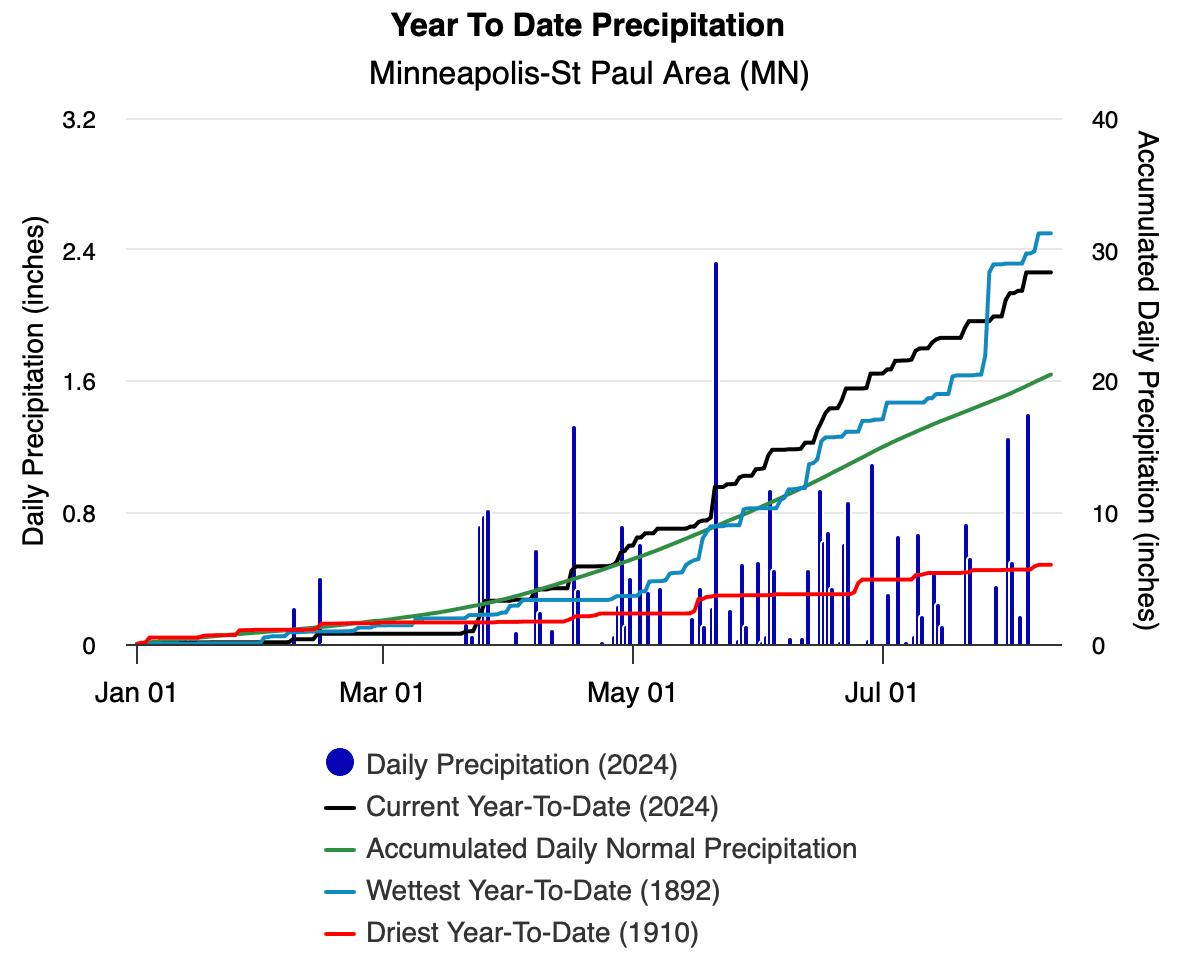
Only 52 °F on Cannon Lake this morning. The air still clings onto summer humidity as the sun gets up over the trees. But crispness of the cool air suggests of the impending arrival of autumn.

Due to all the flooding this year we just now got out on the pontoon!
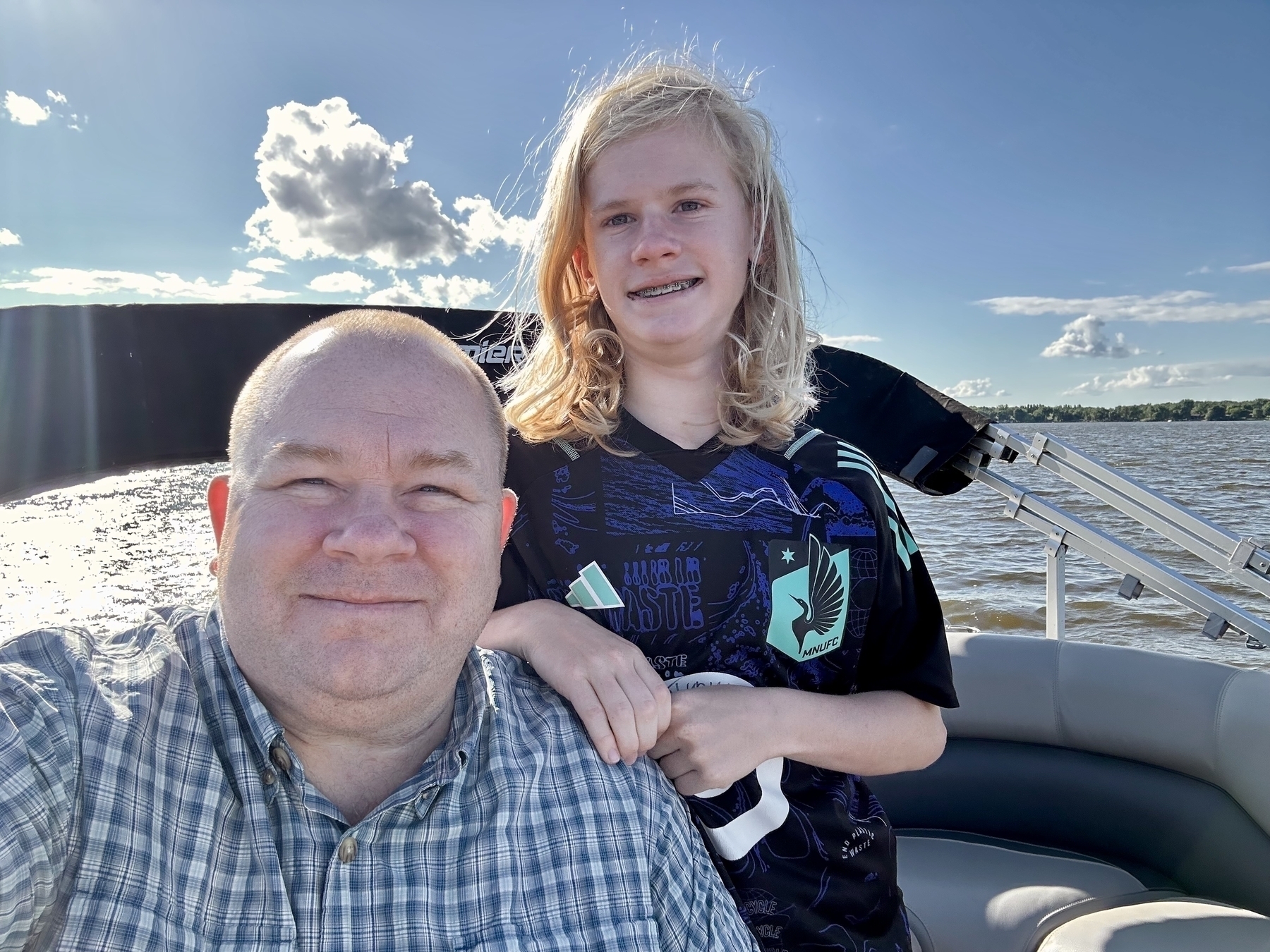
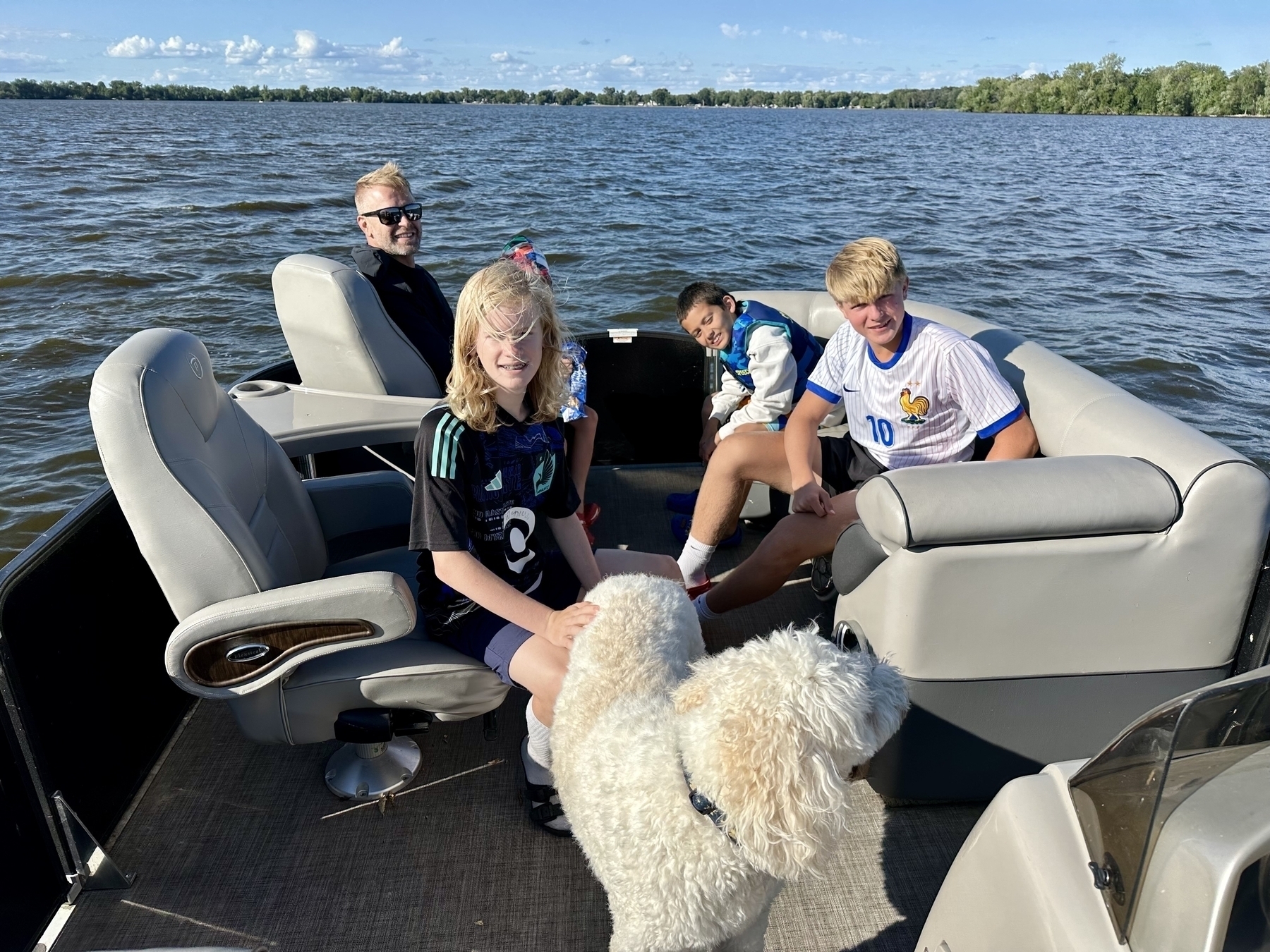
Gorgeous evening for National Night Out!
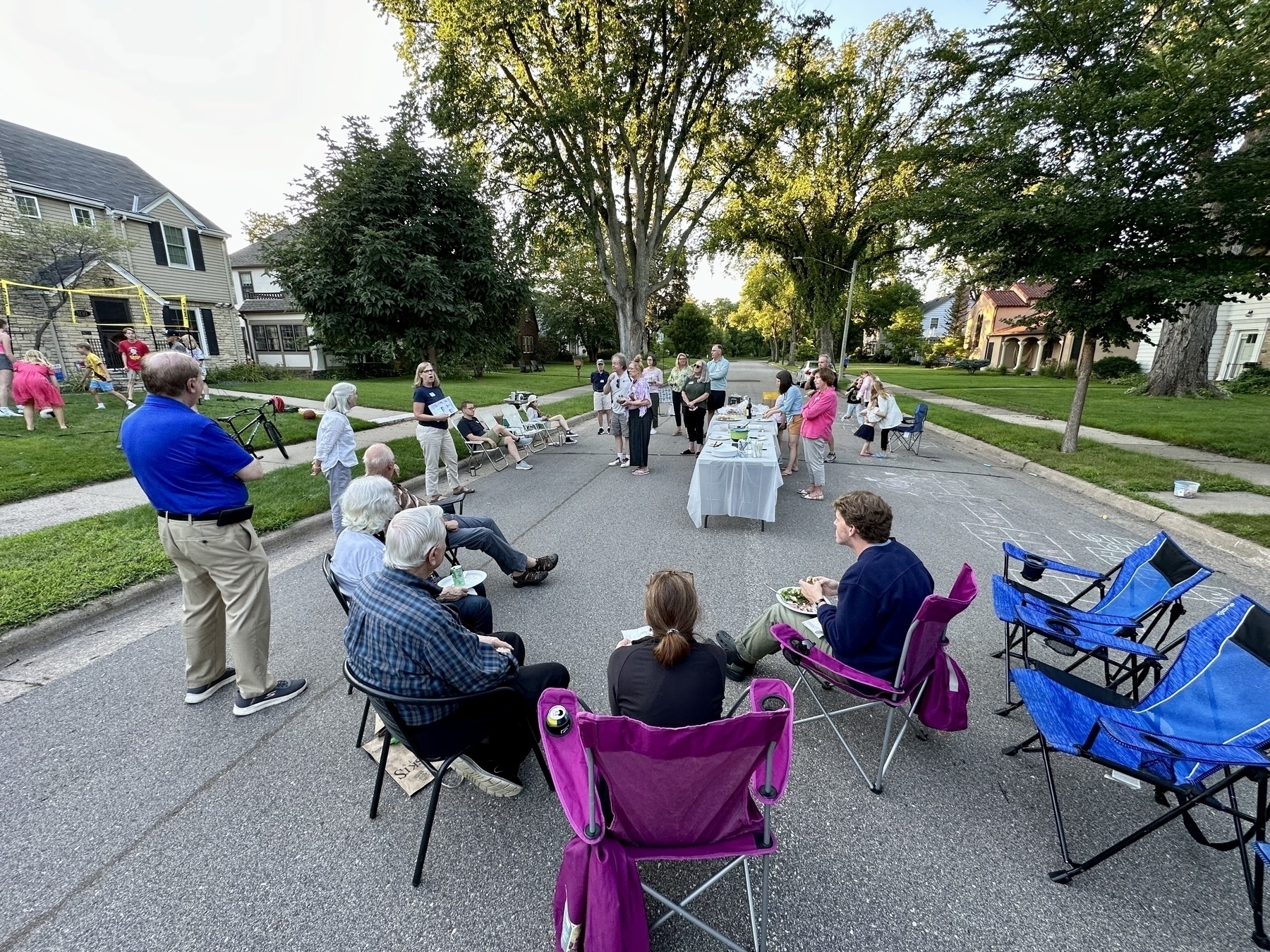
The marine batteries in our pontoon are completely dead and my ancient car charger wasn’t doing the job. I had no idea they had these waterproof onboard marine battery chargers! Ordered one and will be happy to put this on both batteries and stop worrying about their condition.

Gmails Spam Randomness
I subscribe to my own newsletter via Gmail so that I can see how it is treating the Weekly Thing. I have Gmail configured to forward things to Fastmail which I intercept into an “External” folder. I do the same with iCloud. This morning it didn’t come through. So I went looking…
Sure enough Gmail had decided that Weekly Thing 291 / Ireland 🇮🇪 was deserving of the spam folder. Why? The sender address is in my contacts! It hasn’t relegated any recent issues to junk! No idea. And isn’t an address being in your contacts effectively an allow-list to get email? I guess not.
While there I noticed that Gmail had also put several Google Search Console, Google Cloud, and Google Account emails in spam as well. Perhaps this is some nod to anti-trust watchers but it seems ridiculous that Google’s own emails to a Gmail user be flagged as junk — including my Google Cloud invoice notification!
I share this mostly out of frustration due to the popularity of Gmail and also the perception that people have that it is the senders issue if an email doesn’t land in the inbox. It is fairly common that a friend will say the Weekly Thing went to their spam folder, and the implication is that there is some issue with the email. I’ve properly configured every email acronym you can imagine — SPF, DKIM, DMARC. But still the battle persists.
Gmail likes to add arbitrary other criteria like “Hey, this email is just too long.” or “Hey, we don’t like hyperlinks in emails.” I’m not going to change how I write for some email service, regardless of how popular it is.
What is the point? I guess my thought is to remember that your email services actions are under your control more than the sender. And beyond following standards there is nothing a sender can do to make it better. I would suggest making sure to keep tabs on these other folders too.
Dense DIscovery Launches DD Lounge
Kai Brach at Dense Discovery just launched the DD Lounge for his Friends of DD (subscribers) and I am impressed with how he did it. I’ve been a subscriber since 2020 because I like the newsletter itself and I find Kai’s approach to the medium interesting. He built the DD Lounge himself and I’m impressed with how integrated the experience is.
Some notes:
- The DD Lounge actions are integrated right into the newsletter and just a click away. You are automatically logged in. This comes with a tradeoff. You cannot forward your copy of Dense Discovery since it has magic links that will get into your profile. However the reduced friction is worth it in my opinion and Kai provides a way to reset your link if you do this by accident.
- You create your profile on the Lounge and there are multiple ways to encourage connection inside the Friends of DD group. You can discover people by shared interests, location, and which issues of DD you liked the most. You can directly engage other members of the community through the “Meet” section.
- All the while the entire experience feels calm and relaxed. The fit and finish on the user experience is impressive for a v1.0 release. Everything feels consistent from email to the web. As someone who publishes a newsletter myself, I find this incredibly difficult with any of the “off the shelf” solutions out there today.
All of that and the lowest membership fee is just $22 which is very accessible compared to nearly any other newsletter or podcast I subscribe to. Congratulations to Kai on the launch! 🎉
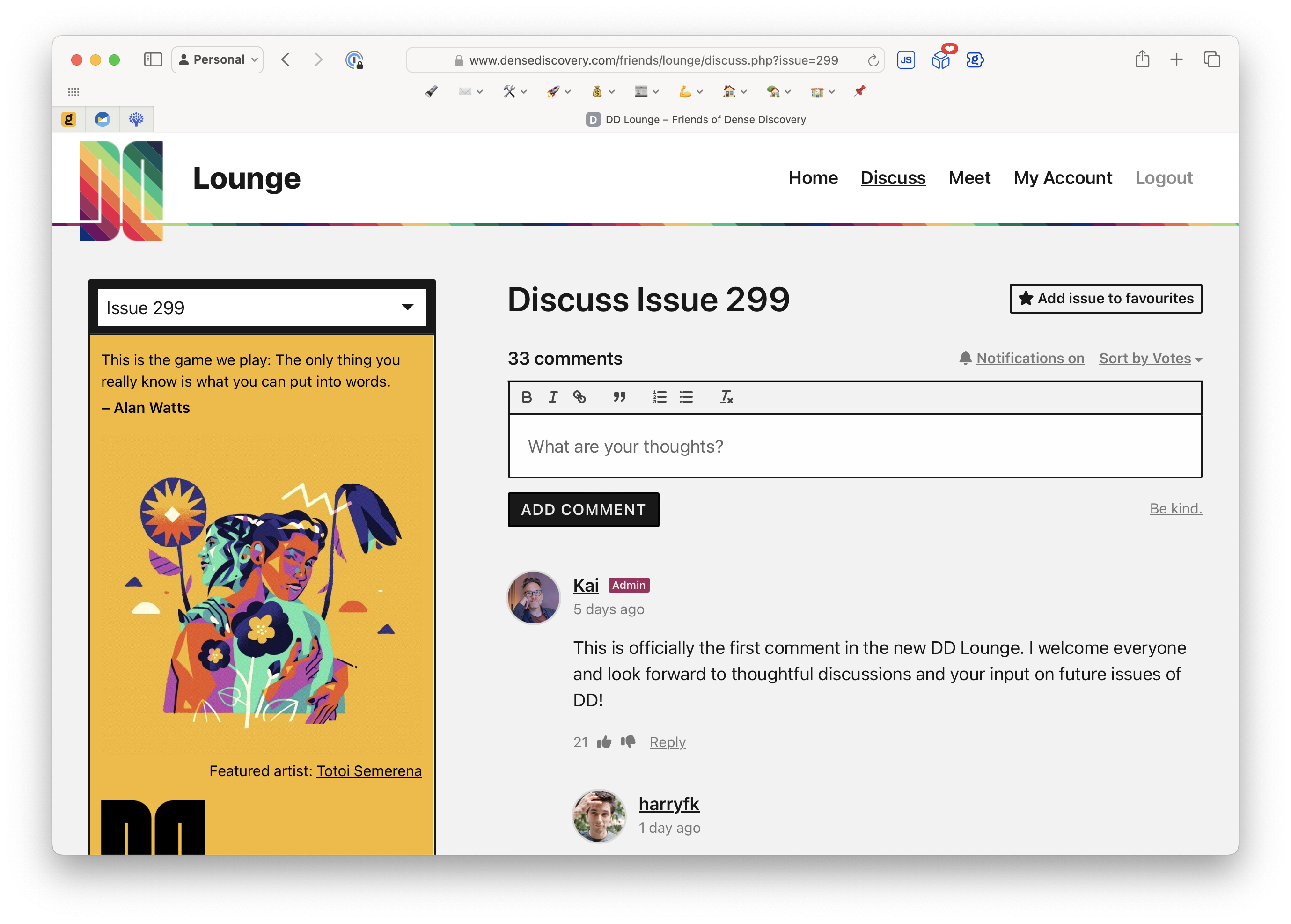
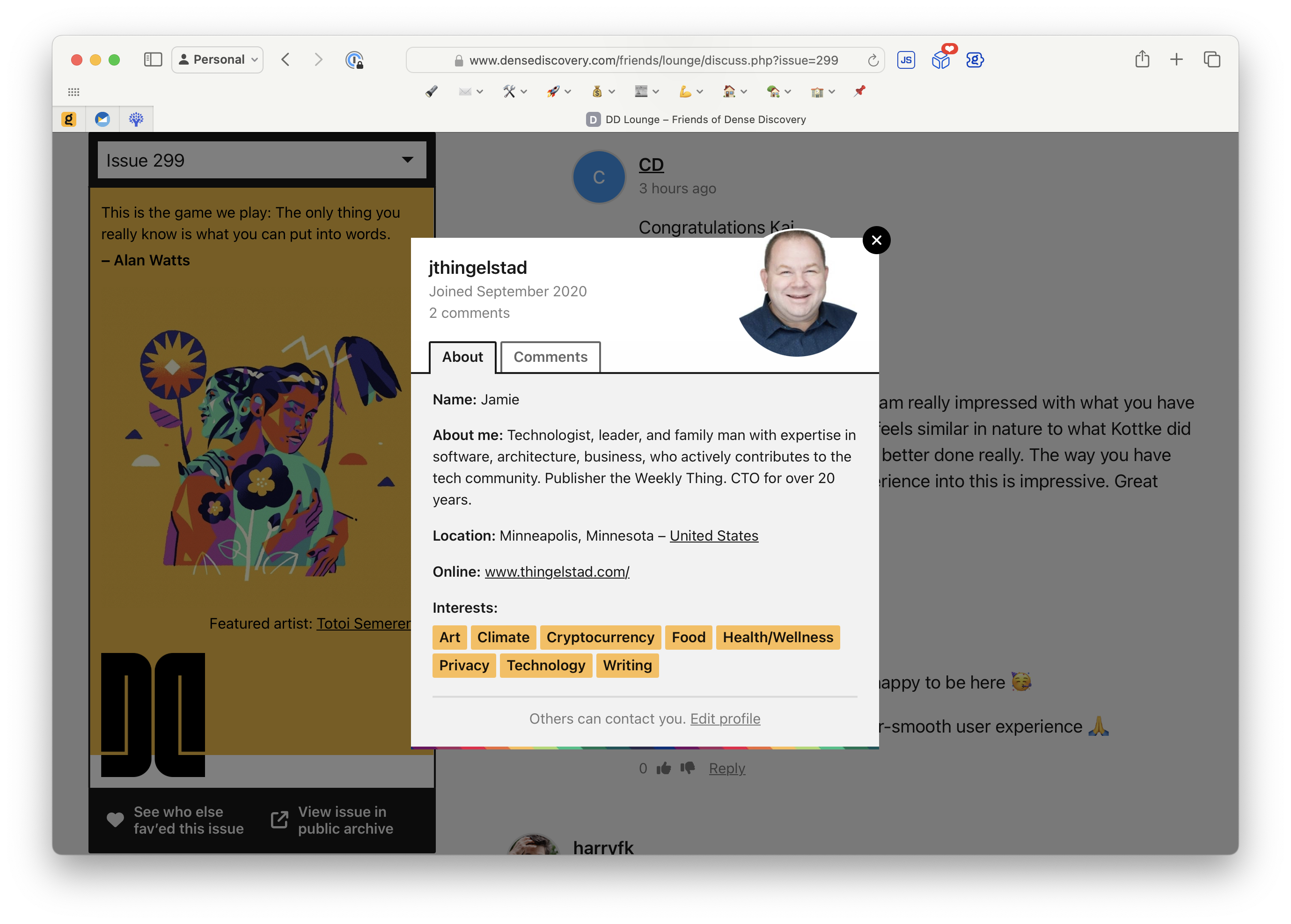
Enabling with Automation
I just sent Weekly Thing 291 / Ireland 🇮🇪 as a special issue all about Ireland. This issue didn’t follow my usual structure so I did all the assembly by hand. It took me about 2 hours just to get the sections, links, headers, images, and outline together. Then I could start the actual writing!
It was illuminating to show how important my automation is to successfully sending my newsletter each week. Everything I did in those two hours is done with automation and takes just a few seconds each week. Without that capability It would at least double the time it takes me to send each Weekly Thing.
Gonna be a hot day today — agenda is chilling in the pool and celebrating my sisters birthday! 😎🎉☀️

I realized tonight that with fiber at our cabin the very old Apple TVs I have are limited by their Ethernet ports — can’t exceed 100 Mbps!
Ordered two new Apple TVs to put in next weekend. 🎉
Today I Learned: Culver’s has a thing called a Pup Cup that is a free treat for your dog.
Drinkin' Hat
My cousin Josh performing this original song “Drinkin’ Hat” that his brother Gabe started and they “worked out” together. It even has a callout to our Grandpa and Grandma. Love it. 🎶
League Cup: Necaxa v United
Tonight’s League Cup game with Club Necaxa at Minnesota United FC was a wild time. It started with a hotly contested foul by Necaxa in the box that resulted in a United penalty kick giving them an early 1 - 0 lead. There were players surrounding the VAR scene as the ref was reviwing the call and Necaxa came out very chippy after the call. There was a lot of physicality on both sides and when Necaxa got a breakaway a foul on the Bacharach for the United sent them down a man with a red card 🟥 for the remaining 69 minutes of play!
The man of the match was Dayne St. Clair who had a dozen saves in the second half and somehow with incredible pressure the United kept Necaxa scoreless and took the win.
Truly an incredible night of soccer enjoyed with my friends Jim and Tom! ⚽️

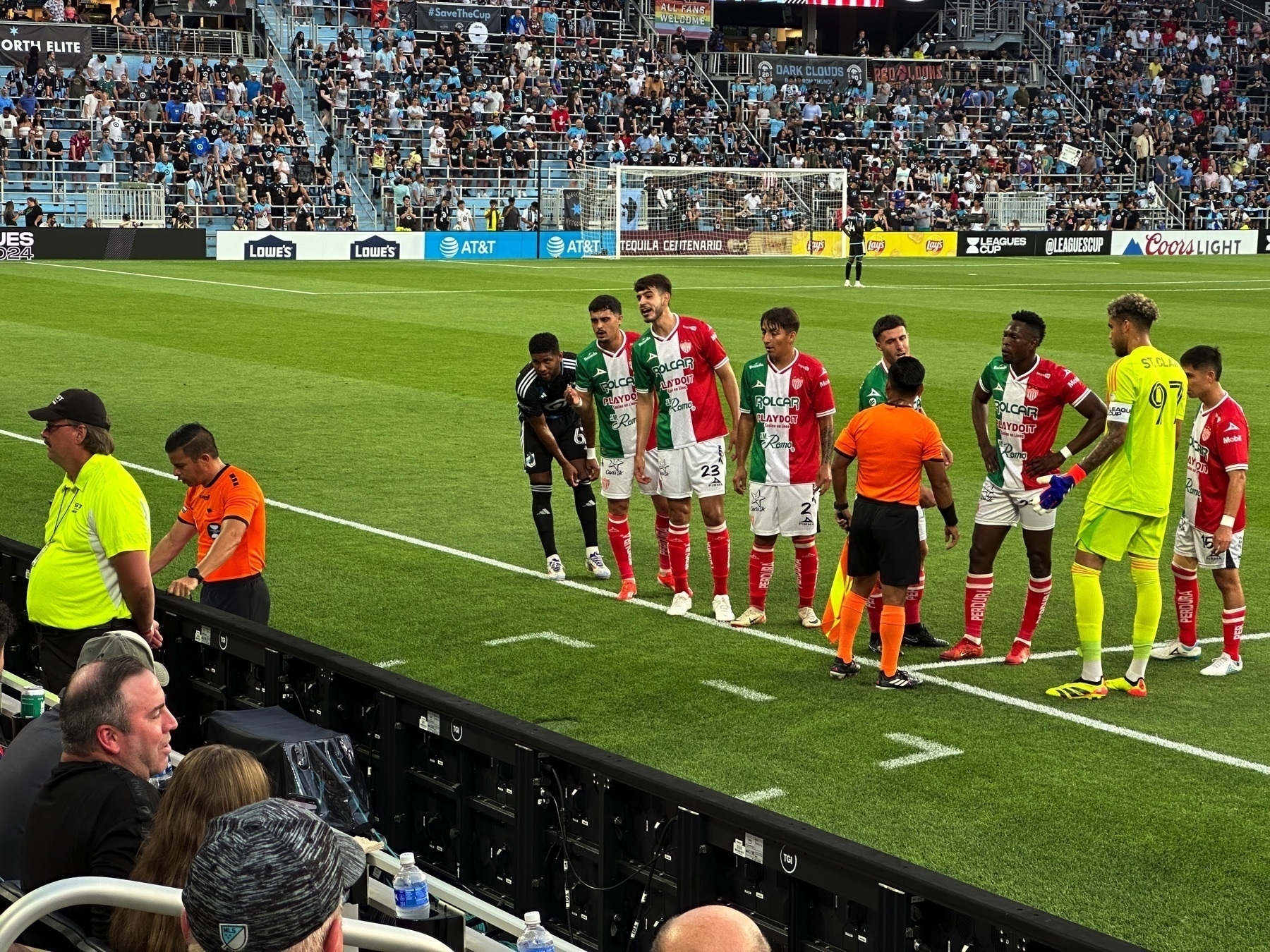
Foo Fighters at Target Field
I’ve been looking forward to seeing the Foo Fighters at Target Field for months now. I got tickets the first day of the pre-sale. This was even a bit more special because Mazie has become a bit of a fan of the Foo’s and wanted to come as well. What a treat it was to sing (scream?) along to “My Hero” with her at the show.
- All My Life
- No Son of Mine (with snippets of “Paranoid” by Black Sabbath and “Enter Sandman” by Metallica)
- Rescued
- The Pretender
- Walk
- Times Like These
- Generator
- La Dee Da
- Breakout
- Snippets while introducing the band: Eruption / Thunderstruck / Sabotage / Keyboard Solo / Blitzkrieg Bop / March of the Pigs
- My Hero (dedicated to Hüsker Dü)
- The Sky Is a Neighborhood
- Learn to Fly
- Arlandria
- These Days
- Stairway to Heaven (Led Zeppelin cover) (partial; acoustic; Dave on guitar, Rami on accordion)
- Skin and Bones (acoustic, Dave on guitar; Rami on accordion)
- Under You (Dave solo acoustic)
- Nothing at All (with “Blackbird” snippet)
- This Is a Call
- Show Me How (with Violet Grohl)
- Monkey Wrench
- Aurora (dedicated to Taylor Hawkins)
- Best of You
Encore:
- The Teacher
- Everlong
